The Watch
We’ve hand assembled this watch using a Rosé Champagne dial, domed sapphire glass, riveted indexes and an ultra reliable Japanese Automatic movement with mono pusher. The watch comes complete with a choice of premium leather straps.
Perhaps the most famous of the traditional European road circuits – and certainly among the fastest – the Reims circuit was located near to the village of Gueux in the Champagne region of France.
The essentially triangular circuit was laid out on ordinary country roads, including the flat out blast of the RN31, which provided a straight to rival the Mulsanne at Le Mans.
Run by the flamboyant Raymond ‘Toto’ Roche for the Automobile Club de Champagne, Reims enjoyed great slipstreaming battles on the track, and the support of enthusiastic organisers off it. Unusually for a temporary road course, the circuit boasted proper pit facilities and grandstands opposite.
By 1952, race organisers had decided to bypass the village of Gueux, building a new link road to connect the start/finish straight with the Virage de la Hovette. This was the first stage of an extended, permanent section of road for racing only and even involved the demolition of several houses.
A further extension was made in 1953, up to a new hairpin bend leading onto RN31, while the last major modifications came before the 1954 season, when both then Muizon hairpin and the Thillois corners were re-profiled and made much faster. This then created the final, classic layout of the Reims circuit, which saw the track rise to prominence as France’s premier circuit through the 1960s.
Host to the French Grand Prix, Reims witnessed some epic slipstreaming races. It also played host to an international 12-hour sportscar race at the French Grand Prix meetings, alongside many national categories.
The last F1 race was in 1966 (won by Jack Brabham), with sportscars continuing until the following year and Formula 2 until 1969. Motorcycle races then formed the mainstay ifor the next three years.
Competition from other circuits and financial and political difficulties finally closed the track in 1972. The grandstands and decaying pit garages still remain by the roadside as a poignant reminder to the speed aces of the past.
Les Amis du Circuit de Gueux (a non-profit organization) is working to preserve the old pit building, grandstands and other remaining structures of the circuit, with the aim of actively supporting the resumption of historic meetings on the 1952 version of the circuit.
By buying this watch you’re not only buying a piece of Motorsport, but supporting Motorsport history.
Also available with Italian Rally Black Leather strap
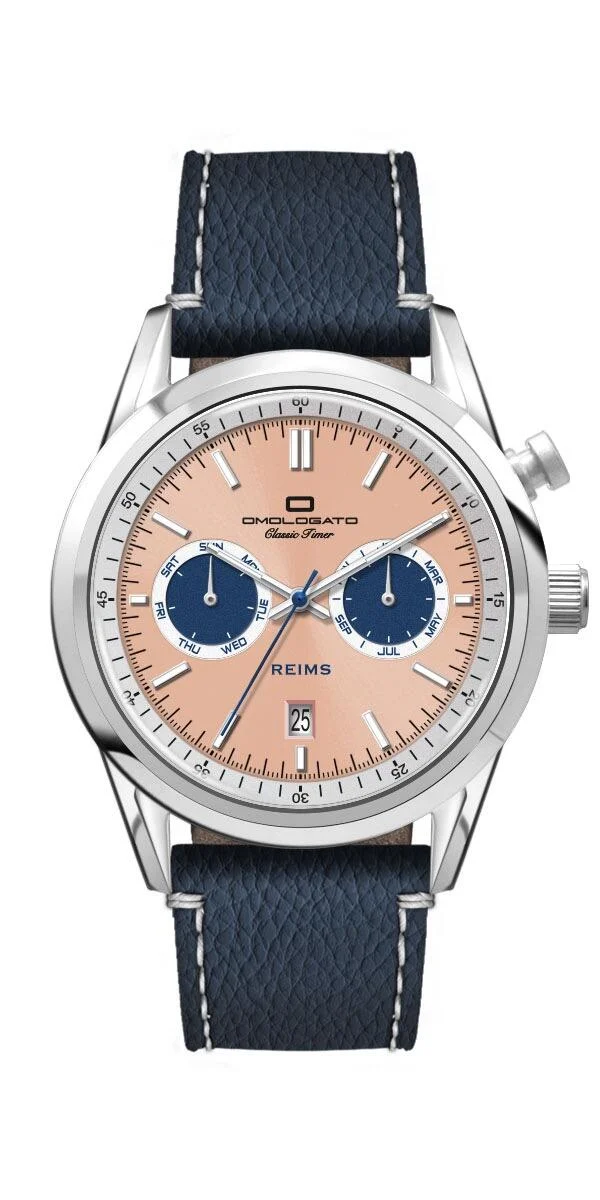
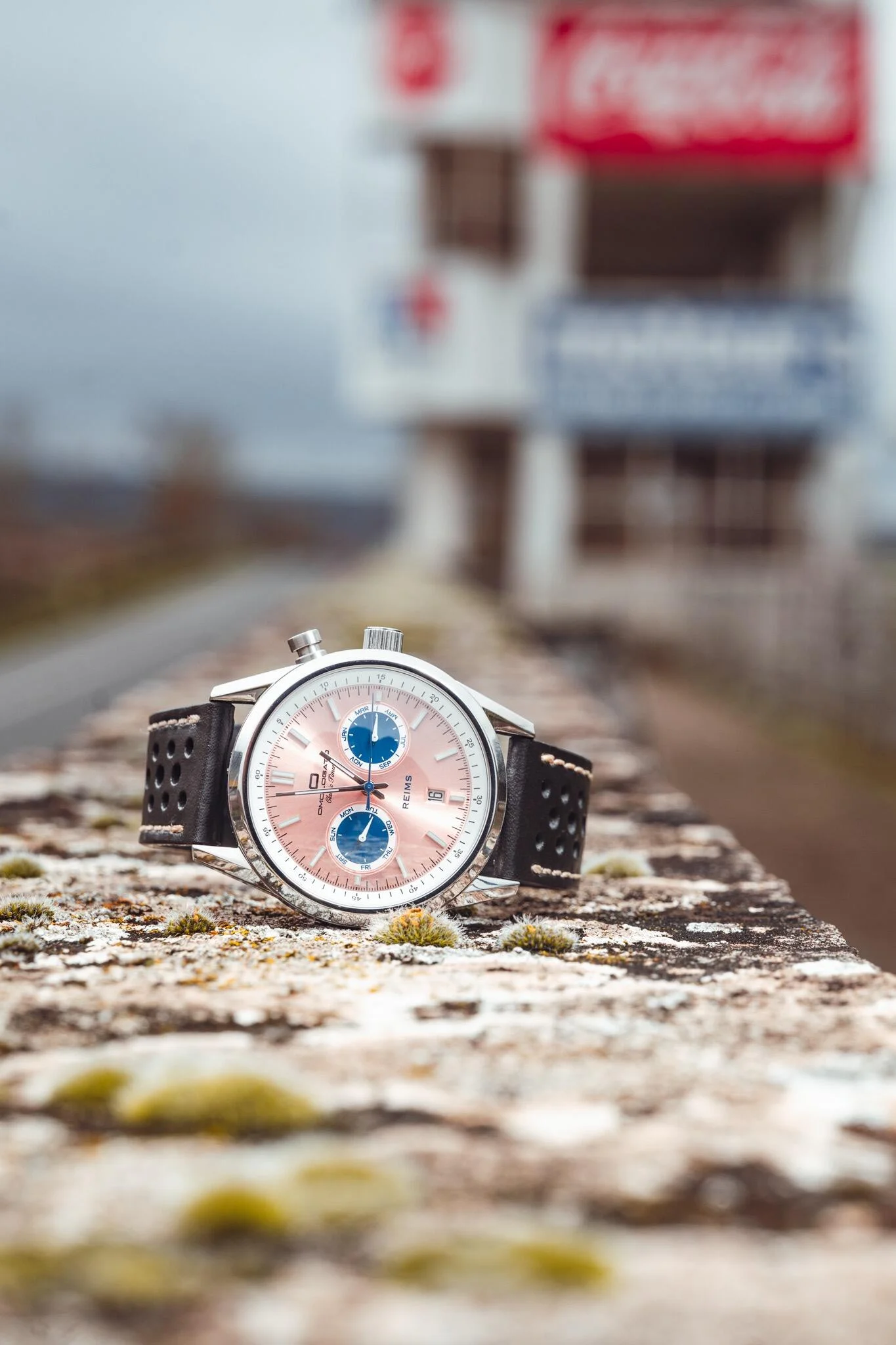

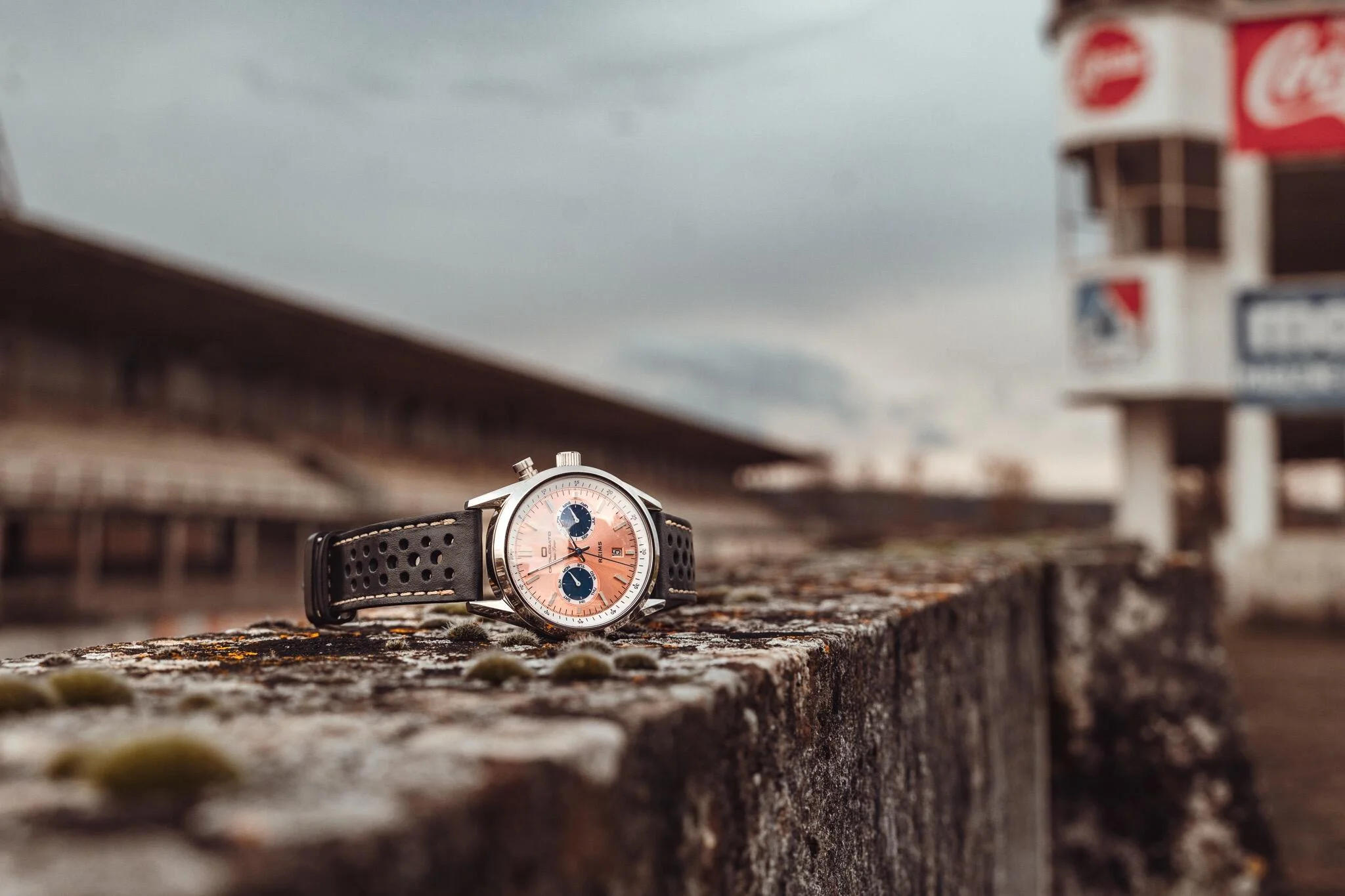
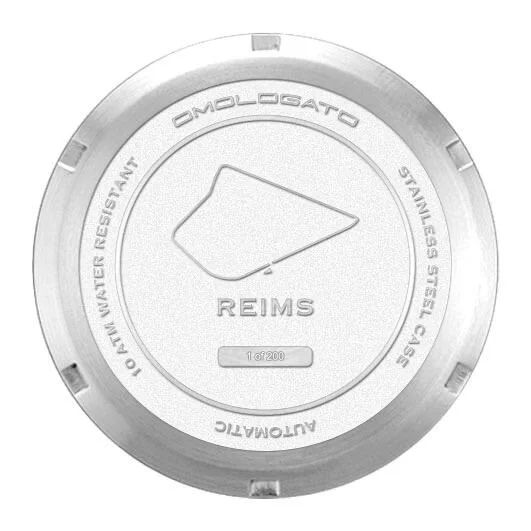
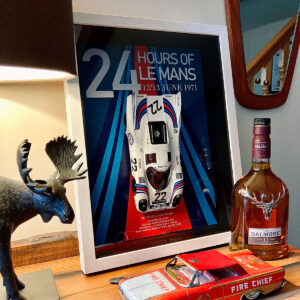
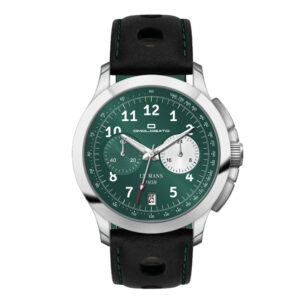

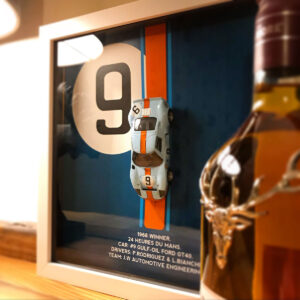
Reviews
There are no reviews yet.